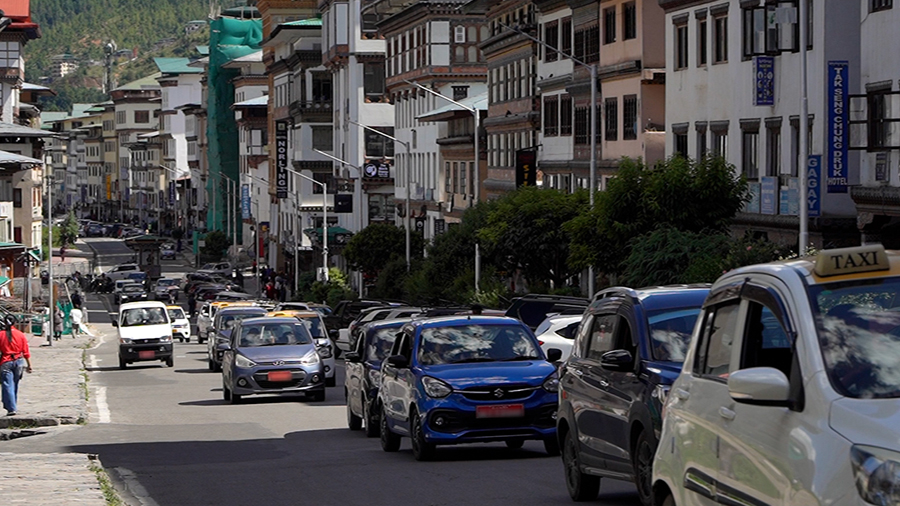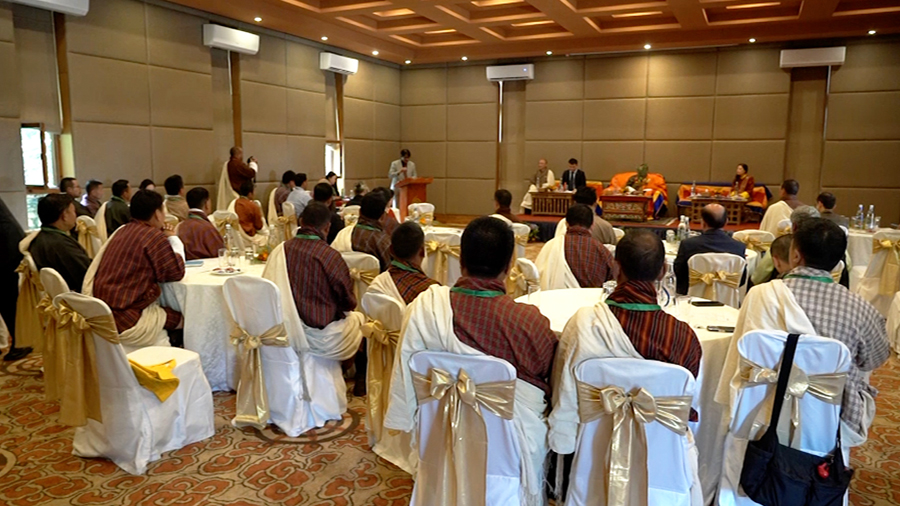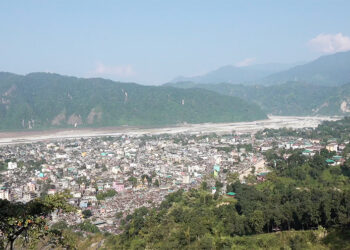 Bhutan is renowned worldwide as a carbon-negative country. But behind that global image is a hidden challenge. The country still doesn’t have accurate data on its emissions. Now, the government is working to change that. A two-day climate transparency workshop brought together key agencies to develop a system that can track Bhutan’s emissions and address growing concerns about air pollution.
Bhutan is renowned worldwide as a carbon-negative country. But behind that global image is a hidden challenge. The country still doesn’t have accurate data on its emissions. Now, the government is working to change that. A two-day climate transparency workshop brought together key agencies to develop a system that can track Bhutan’s emissions and address growing concerns about air pollution.
Until now, ministries and agencies have collected data independently, making it difficult to consolidate information on emissions, pollution, and energy use.
“When it comes to air quality in Bhutan, both ambient as well as household air pollution, each stakeholder has been doing their work. But the biggest drawback we had was the lack of data. So, I think the main focus is to bring all stakeholders together because addressing the problem of air quality is not one agency’s responsibility,” said Mongal Singh Gurung (PhD), Head, Health Research and Information, PPD, MoH.
 International experts said the workshop is helping Bhutan build the skills to collect its data and make informed policy decisions, especially as the country prepares its first Biennial Transparency Report under the Paris Agreement.
International experts said the workshop is helping Bhutan build the skills to collect its data and make informed policy decisions, especially as the country prepares its first Biennial Transparency Report under the Paris Agreement.
“So, for the data collection, actually ICIMOD has long been working on this to help the Bhutanese government get the air quality monitoring. And we also want to leverage remote sensing and AI technology to make the data acquisition cheaper so that here we can get cheaper data, and this data can be analysed by our researchers, and this can be a support for our policy making,” said Qianggong Zhang (PhD), Head, Climate and Environmental Risks, ICIMOD, Nepal.
The ultimate goal is to create a permanent, nationally driven system to monitor emissions and pollution, one that does not rely on borrowed models or fragmented data sets.
In 2020, Bhutan emitted an estimated 3.8 million tonnes of carbon dioxide equivalent, mostly from the energy, agriculture and waste sectors.
While Bhutan remains carbon negative, thanks to its large forest cover, pollution is becoming a growing concern.
“There are many sources of air pollution for Bhutan, but particularly household air pollution is contributing the most. However, sometimes the rural community does not recognise that the smoke coming out of the kitchen is not air pollution. The smoke coming out from the kitchen is also air pollution and not necessarily only from traffic or the industry,” said Kamala Gurung (PhD), Gender and Natural Resource Management Specialist, ICIMOD.
The Jigme Singye Wangchuck School of Law, in collaboration with the International Centre for Integrated Mountain Development (ICIMOD), coordinated the workshop.
With stronger data systems and better coordination, Bhutan hopes to go beyond just being carbon negative and take real-time ownership of its emissions and air quality challenges.
Namgay Dema
Edited by Sonam Pem








